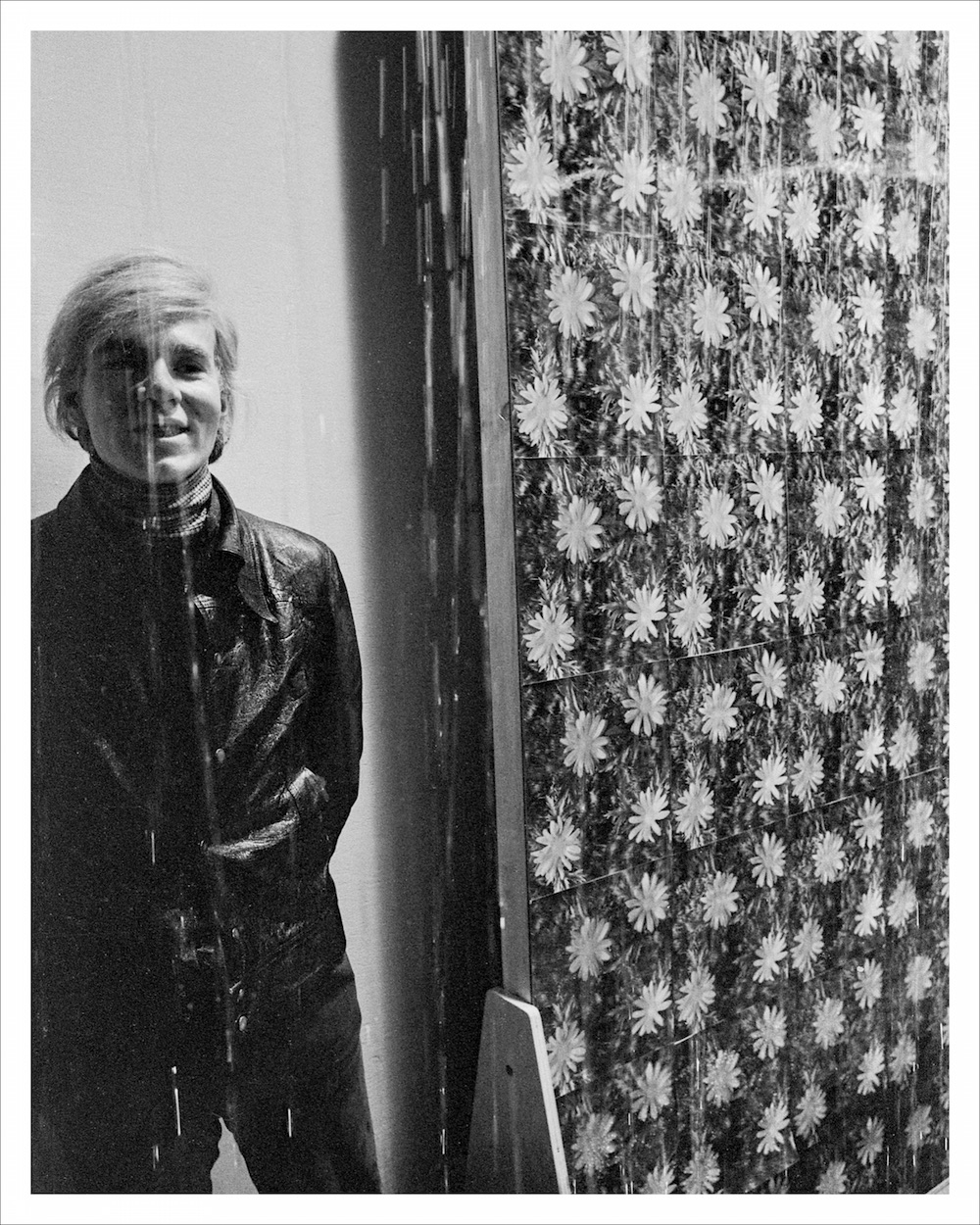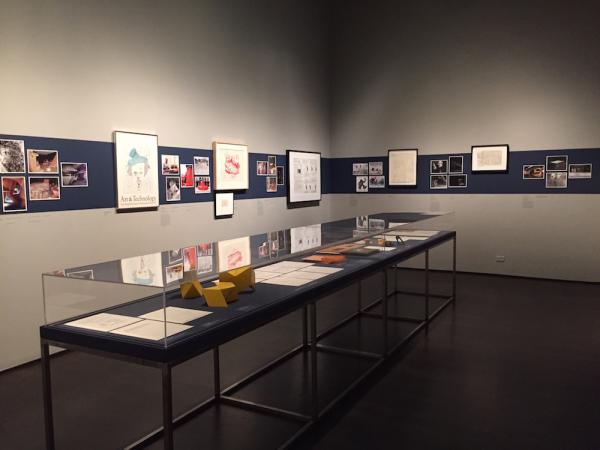Long before I started working at LACMA, I was well familiar with the museum’s groundbreaking Art and Technology Program of 1967–1971. The Art and Technology Program—or A & T, as it came to be known—was an ambitious initiative that paired artists with corporations in the areas of aerospace, entertainment, scientific research, and other industries.
When I joined the staff of the museum in the fall of 2013, I was curious to know what artworks and archival documents still remained from A & T, and whether there were enough surviving artifacts to put together an exhibition about the program. This curiosity—coupled with the renewed outside interest in the program following the launch of LACMA’s new Art + Tech Lab—inspired me to embark on curatorial scavenger hunt to investigate the whereabouts of artworks and materials from the original initiative.
I quickly discovered that most of the major works produced through A & T now reside in other museum collections. For example, Richard Serra’s Five Plates, Two Poles occupies a prominent location on the concourse level of the East Building at the National Gallery of Art in Washington, D.C; Claes Oldenburg’s Giant Icebag is in the collection of the Centre Pompidou in Paris; and Robert Rauschenberg’s Mud Muse is owned by the Moderna Museet in Stockholm, Sweden.
Undaunted, my next stop was the museum’s Balch Art Research Library. For a program that stretched over the course of five years and involved contact at one point or another with over 70 artists and 200 corporations, the A & T Program left behind a surprisingly slim paper trail: the surviving archival records fill just six standing file boxes. Part of this has to do with the museum’s ad-hoc recordkeeping during its first four decades. As detailed in a previous post on Unframed, there was no museum archivist or official archives department at LACMA until 2010.
Although the A & T records are incomplete, they still offer a treasure trove of information about the original program. Within the files are items of correspondence between the artists and curators, as well as project proposals, drawings, technical plans, and other documents and ephemera. One of my unexpected discoveries was a sleeve of unlabeled negatives in the files on Andy Warhol. The negatives turned out to be snapshots from Warhol’s visit to the facilities of Today’s Displays (a New York firm contracted to help build his work) , where he viewed mockups of the artificial rain and lenticular panels for his Art and Technology installation, Rain Machine. Although a few of the snapshots from that visit appeared in the A & T catalog, other images had never before been printed.

Photos documenting the development and construction of the realized projects turned out to be the most untapped resource in the museum’s archives. Because the A & T catalogue was published to coincide with the opening of the museum’s 1971 Art and Technology exhibition, almost none of the installation shots documenting the exhibition in Los Angeles had ever been published. After going through photo materials located in the archives, the photo services department, and modern art curatorial files, I logged many hours at the scanner transferring original slides, negatives, and prints (some of which have still never been cataloged) into digital formats.
Eventually, my hunt took me outside the museum. Some of the best photo documentation of the program was made by Los Angeles photographer Malcolm Lubliner, whose meticulously organized photo archive was acquired by the Getty Research Institute in 2012. Another exciting discovery turned up in the possession of storied Los Angeles artist workshop and print publisher Gemini G.E.L.: a surviving 35 mm negative print of Possibly a Special on the Bag, a 26-minute film by Gemini, Oldenburg, and filmmaker Eric Saarinen, about the making of the ice bag and its debut at the U.S. Pavilion at Expo ’70, the World’s Fair in Osaka, Japan. Likewise, Saarinen himself still had in his possession a 16 mm print of his film New Arts, which documents the A & T works that were exhibited at Expo ’70. Both films have now been digitized, thus insuring their preservation as important documents of the Art and Technology Program.
Finally, my search for Art and Technology materials led me to Maurice Tuchman, LACMA’s founding curator of modern art, who tirelessly led the entire Art and Technology initiative from 1967 to 1971. During an extended stay in Los Angeles (he now splits time between L.A. and New York), Maurice generously allowed me access to his own materials and records in storage. Among the many wonderful finds in his archives were several of the special editions made by
A & T artists in collaboration with the museum’s Contemporary Art Council (predecessor to LACMA’s Modern and Contemporary Art Council) and sold as a fundraisers during the course of the 1971 exhibition.
The result of my yearlong pursuit of Art and Technology materials is now featured in From the Archives: Art and Technology at LACMA, 1967–1971, on view in the modern art galleries through October 18. In the coming months, Unframed will feature a series of blog posts on some of the individual projects that came out of the program, and its resonances with the Art + Tech Lab launched by LACMA in 2013.



